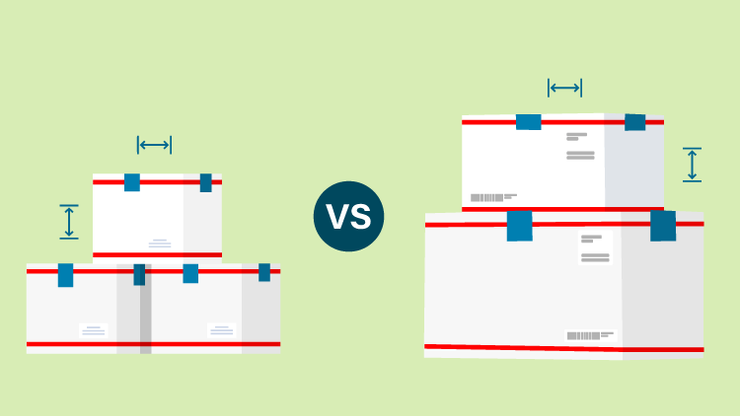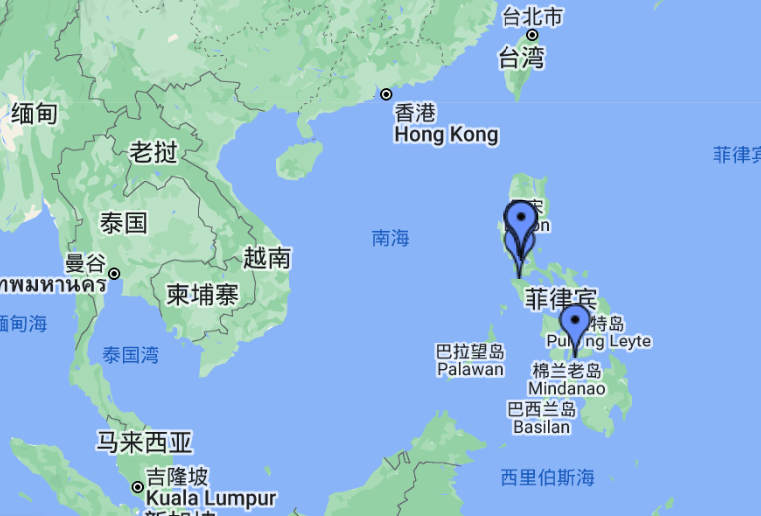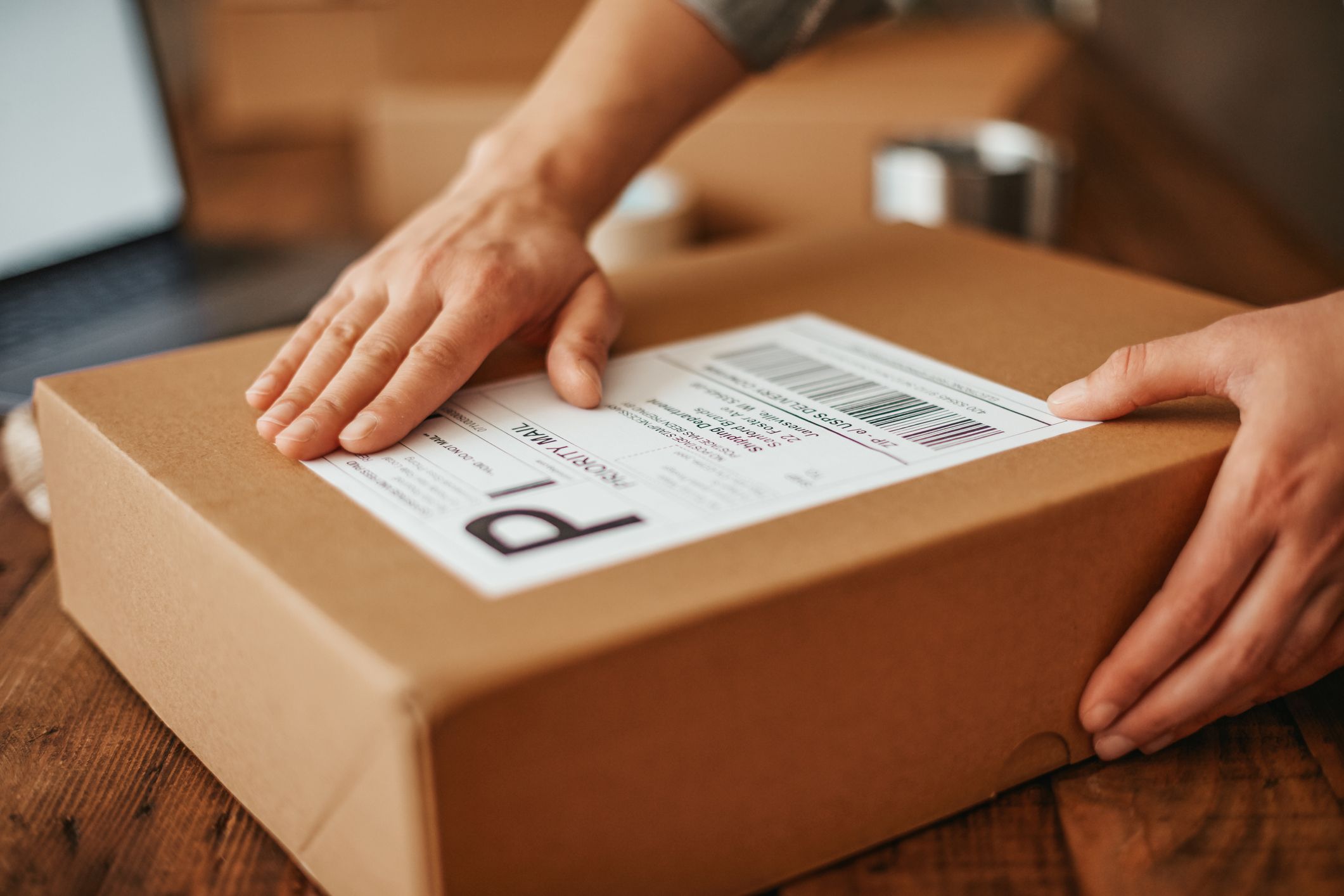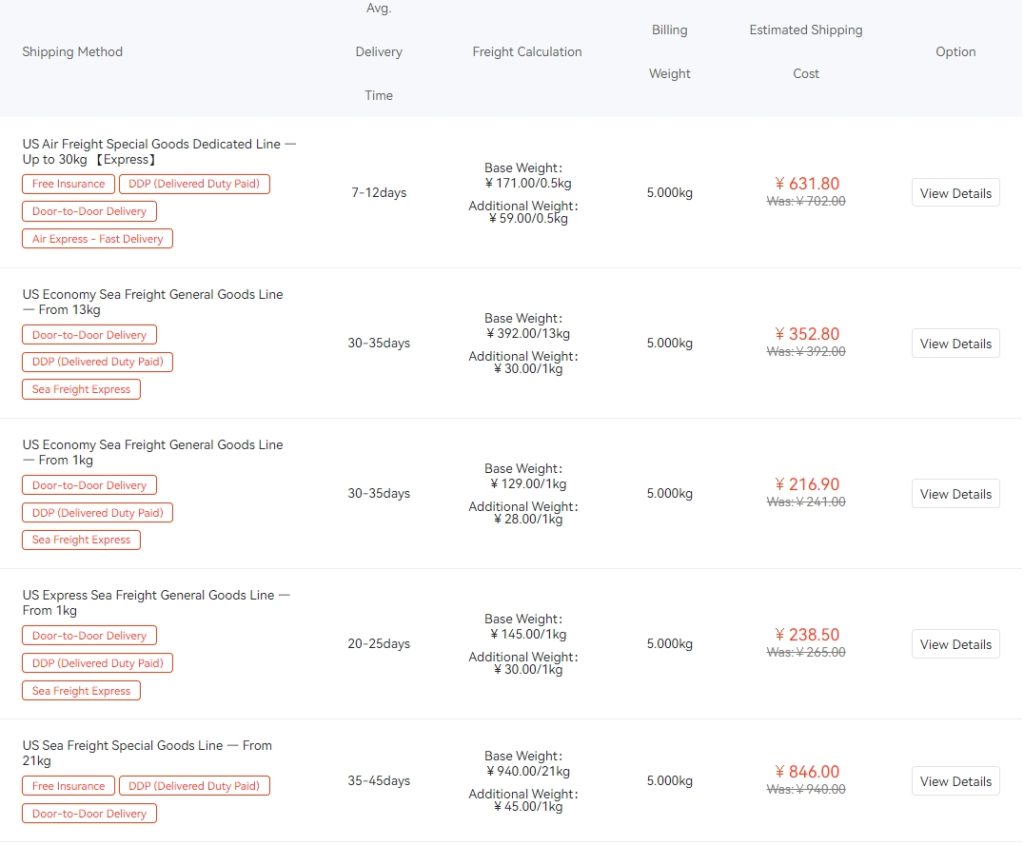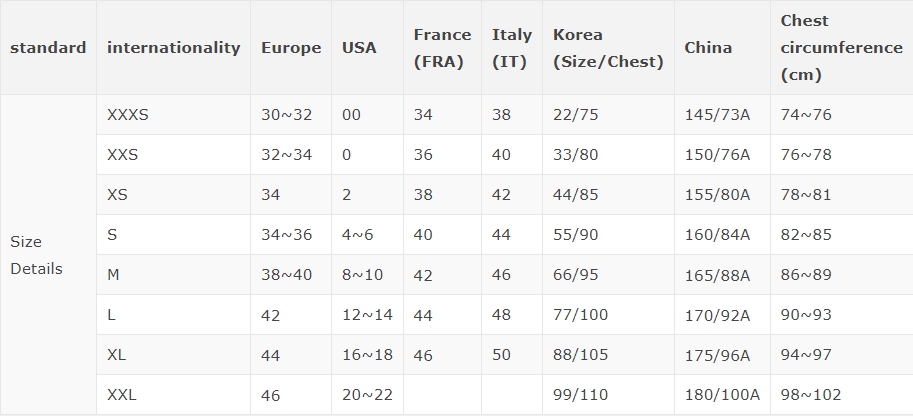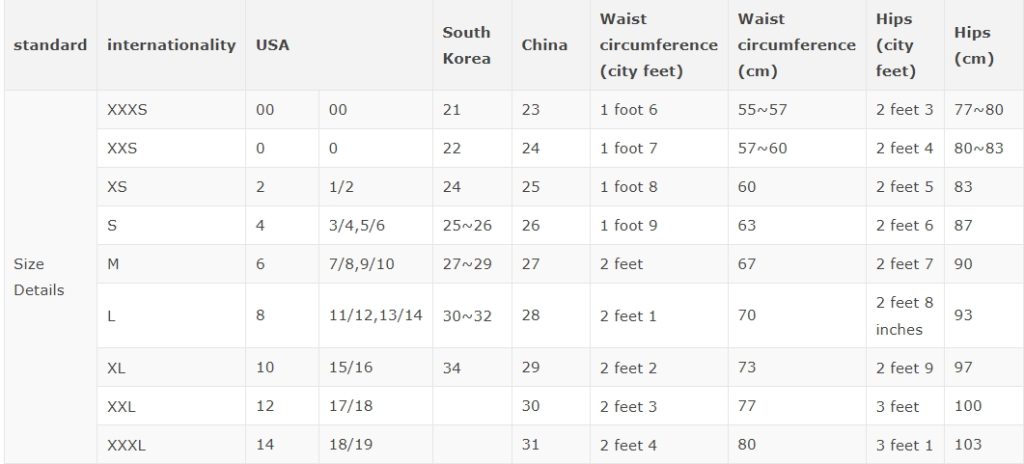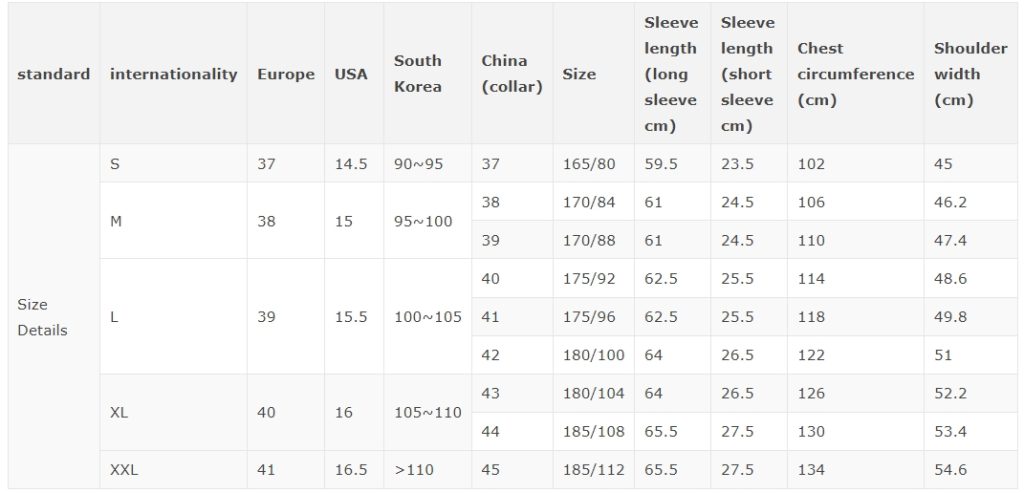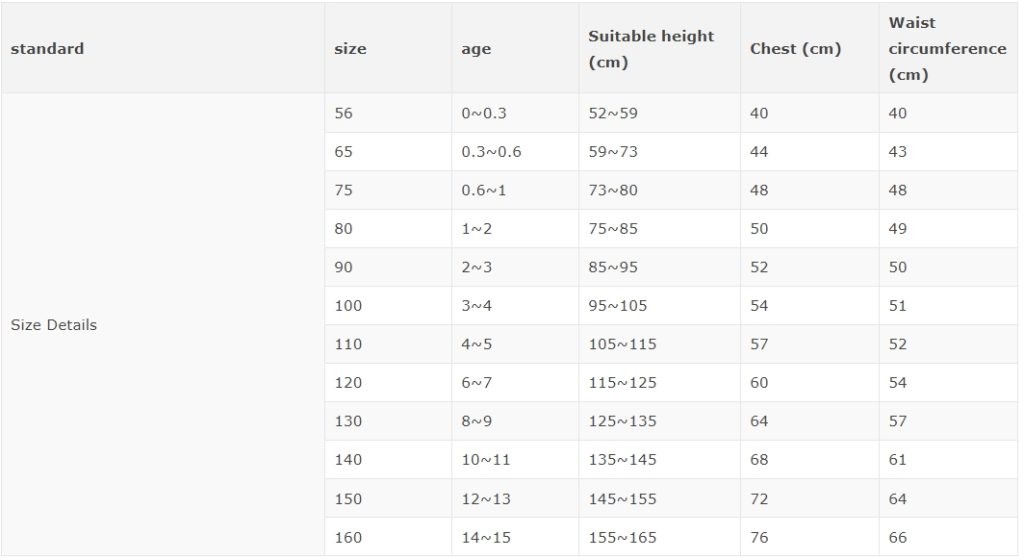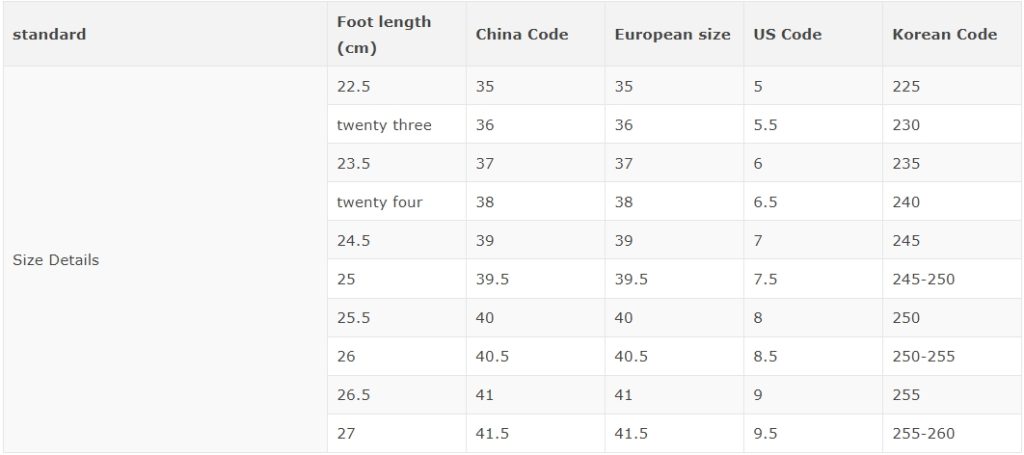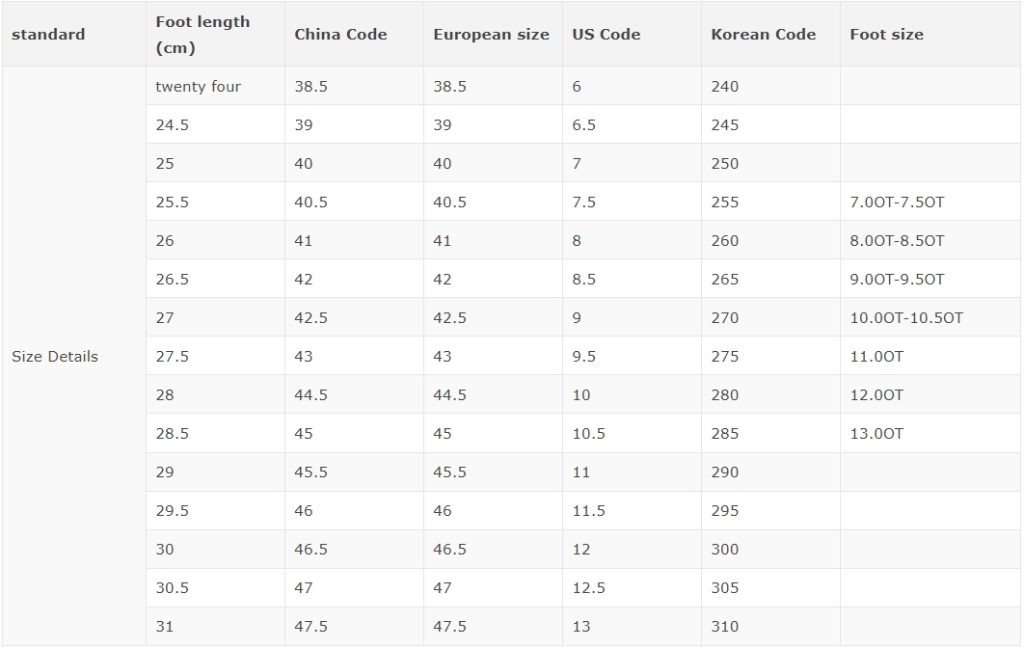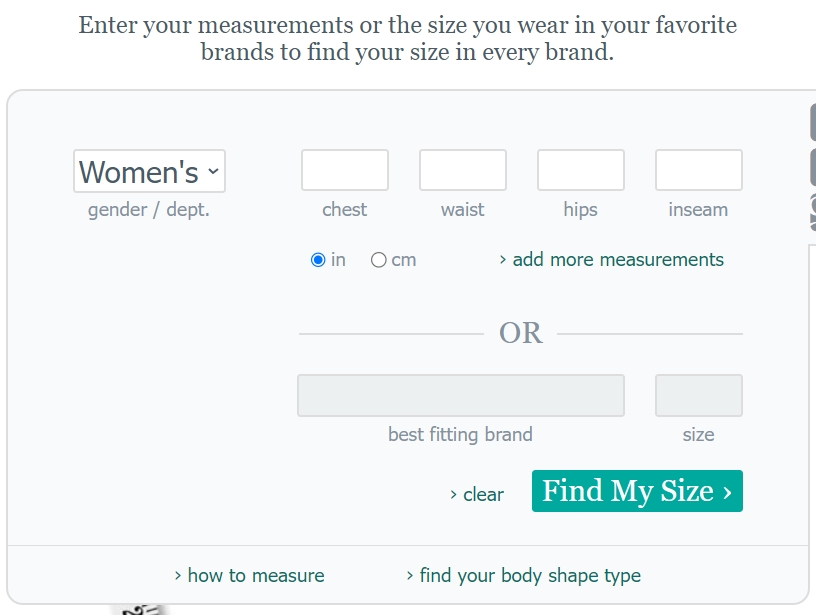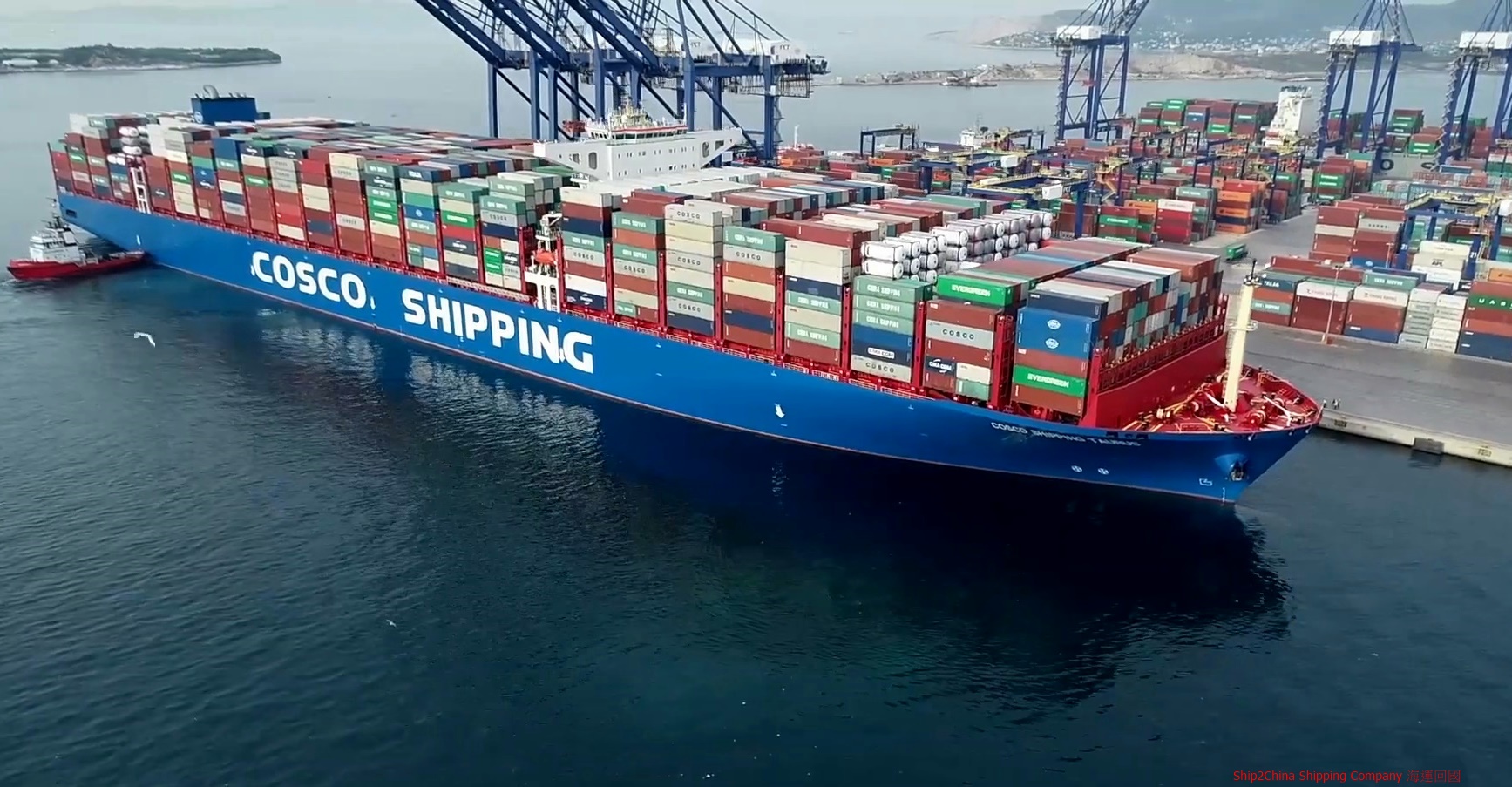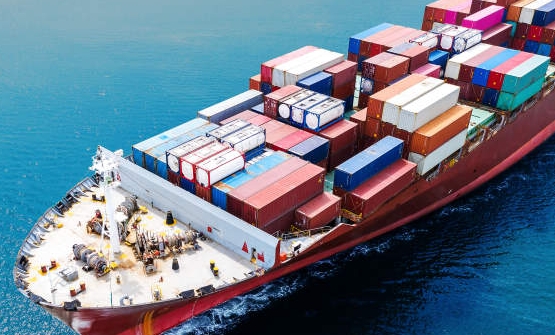What is Priority Mail?
Priority Mail is one of the most popular shipping services offered by the United States Postal Service (USPS). Designed for both speed and affordability, it guarantees delivery within 1 to 3 business days, depending on the origin and destination of the package. Whether you’re sending a birthday gift to family or fulfilling e-commerce orders, Priority Mail provides a reliable, cost-effective solution for mailing letters and packages across the country—and even internationally.
Understanding the Basics of Priority Mail
Definition, Purpose, and History
Priority Mail was introduced to offer a middle-ground solution between standard First-Class Mail and premium Express Mail services. It serves individuals and businesses who need a fast but affordable shipping option. Initially launched in 1968, it has grown to include various flat-rate boxes, regional options, and international services, all of which are backed by USPS tracking and basic insurance.
USPS Priority Mail vs. Other Services
Here’s how Priority Mail stacks up against other USPS shipping options:
| Service | Speed | Insurance | Tracking | Best For |
|---|---|---|---|---|
| First-Class Mail | 1–5 business days | No | Some | Small, lightweight items |
| Priority Mail | 1–3 business days | Yes | Yes | Most packages under 70 lbs |
| Priority Mail Express | Overnight to 2 days | Yes | Yes | Urgent deliveries |
| USPS Ground Advantage | 2–5 business days | Yes | Yes | Heavy or non-urgent items |
Key Features of Priority Mail
- Speed: 1 to 3 business days delivery.
- Free Tracking: Included with all packages.
- Insurance: Up to $100 insurance on domestic shipments.
- Flat-Rate Options: Simplifies pricing regardless of weight or zone.
- Weight Limit: Maximum of 70 lbs per package.
Priority Mail Flat Rate Options
Flat Rate Boxes allow customers to ship based on box size, not weight or distance. These are ideal for heavy items traveling long distances.
| Box Type | Size (in inches) | Retail Price (approx.) |
|---|---|---|
| Small Flat Rate Box | 8.69″ x 5.44″ x 1.75″ | $10.20 |
| Medium Flat Rate Box | 11″ x 8.5″ x 5.5″ | $17.10 |
| Large Flat Rate Box | 12.25″ x 12.25″ x 6″ | $22.80 |
Priority Mail Regional Rate Boxes
These boxes are priced based on the region (zone) they’re sent to rather than a flat rate or weight. Regional rates are ideal for short-distance shipping of heavier items.
- Box A: Max 15 lbs
- Box B: Max 20 lbs
Zones: USPS divides the U.S. into 9 zones that affect shipping cost.
How to Use USPS Priority Mail
Sending Process, Labels & Drop-Off
- Pack Your Item: Use your own box or USPS-branded flat-rate packaging.
- Labeling: Create labels online via USPS Click-N-Ship or at the Post Office.
- Drop Off or Schedule Pickup: You can drop your package off at any USPS location or schedule a free pickup.
Where to Get Priority Mail Supplies
USPS offers free shipping supplies online and at retail locations. You can order:
- Flat Rate Envelopes
- Flat Rate Boxes (Small, Medium, Large)
- Regional Rate Boxes
Order from: USPS Supplies Store
How to Calculate Priority Mail Costs
The cost of Priority Mail depends on:
- Package Weight
- Shipping Zone
- Flat Rate Box (if used)
You can use the USPS Price Calculator to estimate postage accurately.
Advantages of Using Priority Mail
- ✅ Faster delivery without premium cost
- ✅ Built-in tracking & insurance
- ✅ Easy access to supplies
- ✅ National and international reach
- ✅ No surcharges for fuel or residential delivery
Priority Mail Tracking Explained
You’ll receive a tracking number with every shipment. Use it to monitor:
- Package location
- Delivery status
- Estimated delivery date
Track at: tools.usps.com
Limitations and Restrictions
Despite its many perks, Priority Mail has some constraints:
- Size Limit: Max 108 inches in combined length and girth.
- Weight Limit: 70 lbs per package.
- Prohibited Items: Perishable goods, flammable items, lithium batteries (in some cases).
Common Mistakes to Avoid
- Using incorrect packaging (non-flat rate boxes for flat rate shipping)
- Forgetting to weigh items
- Mislabeling the package
- Overlooking zone-based pricing when not using flat rate
Priority Mail for Businesses
Businesses benefit from features like:
- Click-N-Ship® Online Labeling
- Bulk Mailing Discounts
- Free Package Pickup
- Integration with online marketplaces
Integrating with Online Marketplaces
Many platforms allow you to print Priority Mail labels and track shipments:
- eBay
- Amazon
- Etsy
- Shopify
These often offer commercial base pricing, making shipping even cheaper.
International Priority Mail Services
There are two main options:
- Priority Mail International® – Affordable international shipping (6–10 days)
- Priority Mail Express International® – Faster delivery (3–5 days) with tracking
Delivery Times & Countries Covered
Priority Mail International delivers to over 180 countries, including:
- Canada
- UK
- Australia
- Germany
- Japan
Customs Declarations and Duties
All international packages must include:
- Customs Form 2976 or 2976-A
- Detailed content description
- Value declaration
Use USPS online tools to generate the required forms.
GET IN TOUCH
Let us Send You a Quote
Frequently Asked Questions (FAQs)
- Is Priority Mail delivered on Sundays?
Only Priority Mail Express delivers on Sundays, not standard Priority Mail. - Can I track my Priority Mail package?
Yes, tracking is included for free with all Priority Mail services. - Are Priority Mail boxes really free?
Yes, USPS provides them free of charge when used for Priority Mail shipping. - What happens if my Priority Mail package gets lost?
You can file a claim with USPS for packages that include insurance coverage. - Can I use Priority Mail for international shipments?
Yes, through Priority Mail International and Priority Mail Express International. - What’s the difference between Priority Mail and First-Class Mail?
Priority Mail is faster, offers insurance and tracking, and is better for heavier packages.
Conclusion
Priority Mail is a versatile, reliable, and cost-effective shipping option provided by USPS. Whether you’re sending a care package to family or fulfilling daily business orders, its blend of speed, convenience, and coverage makes it a top choice. With tools like free supplies, tracking, and online labeling, it simplifies the shipping process for everyone.
